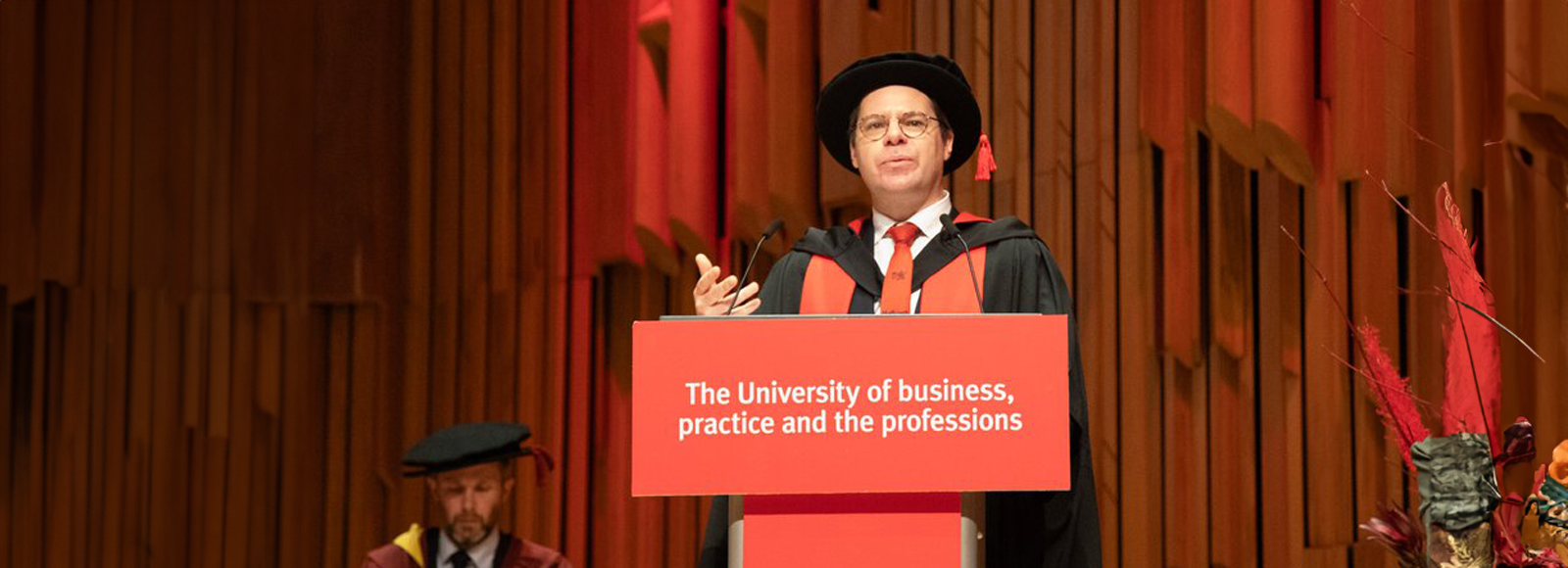Ten tools for creating change
This Christmas, we got my seven year old son a toolkit. When I say toolkit, I’m not talking toys. I’m talking about real tools – a hammer, files, a saw, screw drivers, and so on. I’ve got to admit, I worried that he would use the tools to destroy our house – and himself. Luckily, I was proved wrong.
As I watched my son sawing and hammering away, I wondered what kind of tools we should give our graduates, as they set out on their journey to become professionals, experts and leaders. Pondering this question, I made up a list of ten tools for change which I think each of our graduates would find useful.
The first three are well-known by leaders around the world. These are:
*Using incentives
*Putting rule in place
*Providing people with information.
For several decades, behaviourist scientists have identified some other useful tools. One is “nudges”. Nudging makes it easy for people to make “better” choices. Health campaigners argue that putting healthy food, such as fruit, in a prominent position in canteens and shops makes it easier for people to choose the healthy option and eschew crisps and chocolate.
The power of ritual
Behavioural scientists have also identified rituals as an important tool. A ritual is a repetitive set of behaviours which we see as meaningful. When you make a difficult behaviour into a ritual, it becomes much easier to do. Many of us have an exercise ritual, where at a certain time of the day, we don sports gear, head out the door, listen to similar music and do similar exercises; arriving home at a similar time. For a soothing hour or two we are relieved of the obligation to think, and instead coast on autopilot.
Connecting your behaviours with your values, behavioural scientists believe, can also be a helpful tool. We know people are more likely to do something when it aligns with their values. For instance, if you really value caring for your local community, you are much more likely to recycle if you see a sign urging you to “keep your neighbourhood green” than a banner asking you to “stop global warming”. Changing behaviour involves speaking to their values - not to your values.
Similarly, appealing to a common identity can be persuasive. When Edward Said and Daniel Barenboim wanted young people from different communities in the Middle East to work together in the West-Eastern Divan Orchestra they sought to create a shared identity. Rather than seeing themselves as members of their own communities, Said and Barenboim suggested, their young charges should embrace a common identity as musicians.
Unsurprisingly, social networks are also a powerful tool for change. We know that people tend to do things because those around them are doing it. For instance, people are much more likely to smoke if others in their social network do so. The good news is we can harness the power of social networks to change behaviours for the better. If you want to stop smoking, spend more time with non-smokers.
Emotional balance
Harnessing the power of emotions can also drive change. Psychologists have discovered that we have two sets of powerful emotional systems. One system contains emotions like fear, anxiety and stress: feelings which tend to trigger an avoidance response. When we feel these emotions, we want to run away. Another system contains emotions such as curiosity, fun and pleasure – feelings which tend to trigger approachability.
When we feel these emotions, we tend to be more open to exploring new things. Good salespeople know this well – get people in a good mood and trigger their curiosity and they are more likely to buy your wares. We are simply more open to trying out new things when happy.
My final tool for change is meaningful conversation. People are much more willing to try out something new if they can voice their concerns and if those concerns are listened to and spark a genuine two-way discussion. People don’t need to agree. Just having a respectful conversation makes a difference. Political campaigners have found that a voter is more likely to vote for a candidate if they have even a short door-step conversation with them. Conversation in the digital age can be a scary prospect. But having them often makes a big difference – even if you don’t agree.
We’ve got the evidence now that our graduates can use these tools throughout their career to change the behaviours of others. But more importantly – they can use these tools to change their own behaviour in their professional and personal lives.
Like any good crafts person, it is important not to focus remorselessly on just one tool, however. As I hope my son is learning, crafting a good life and contributing to society means learning how to use all the tools in your kit well.
Find out more about executive education at Bayes and the Bayes MBA programme

